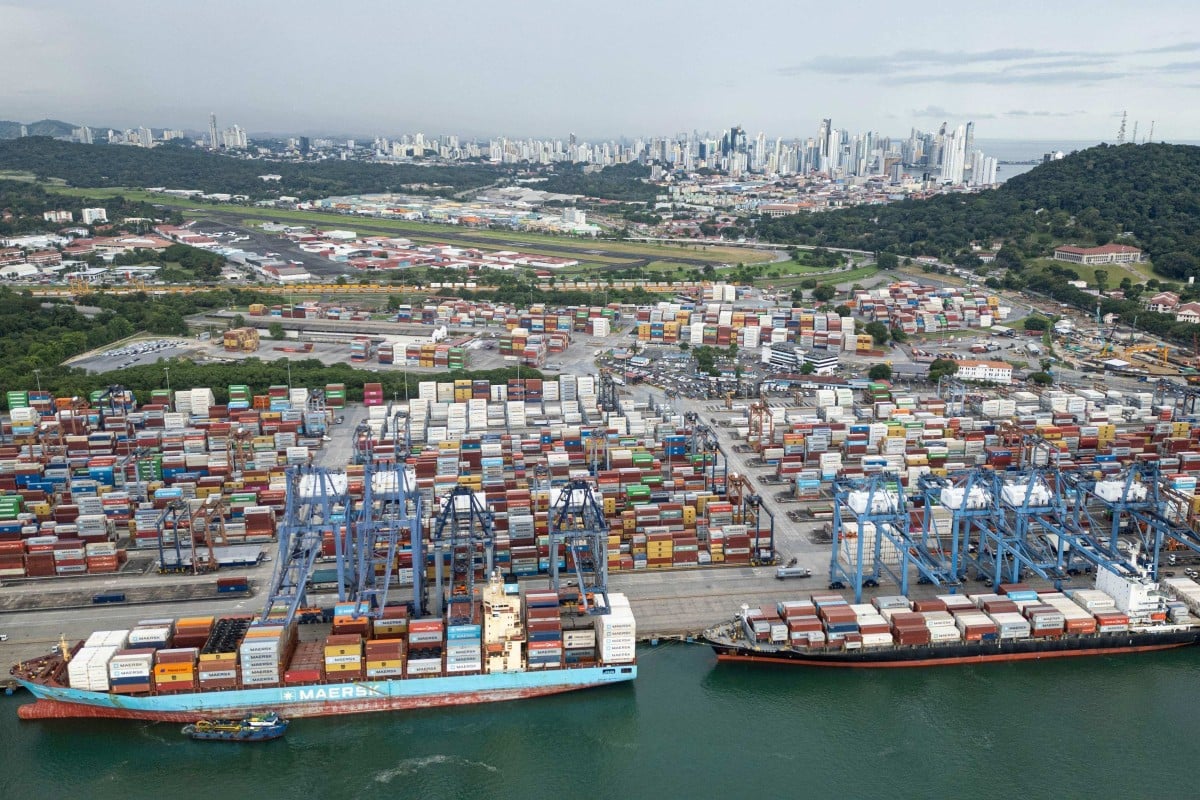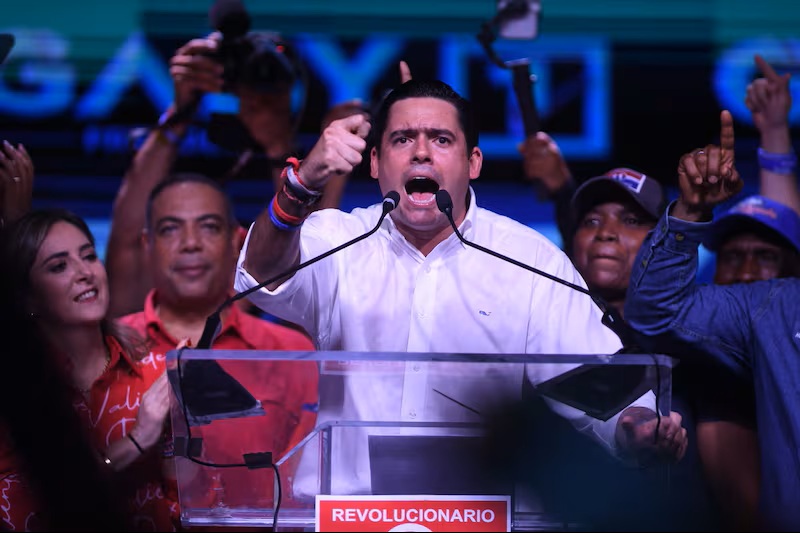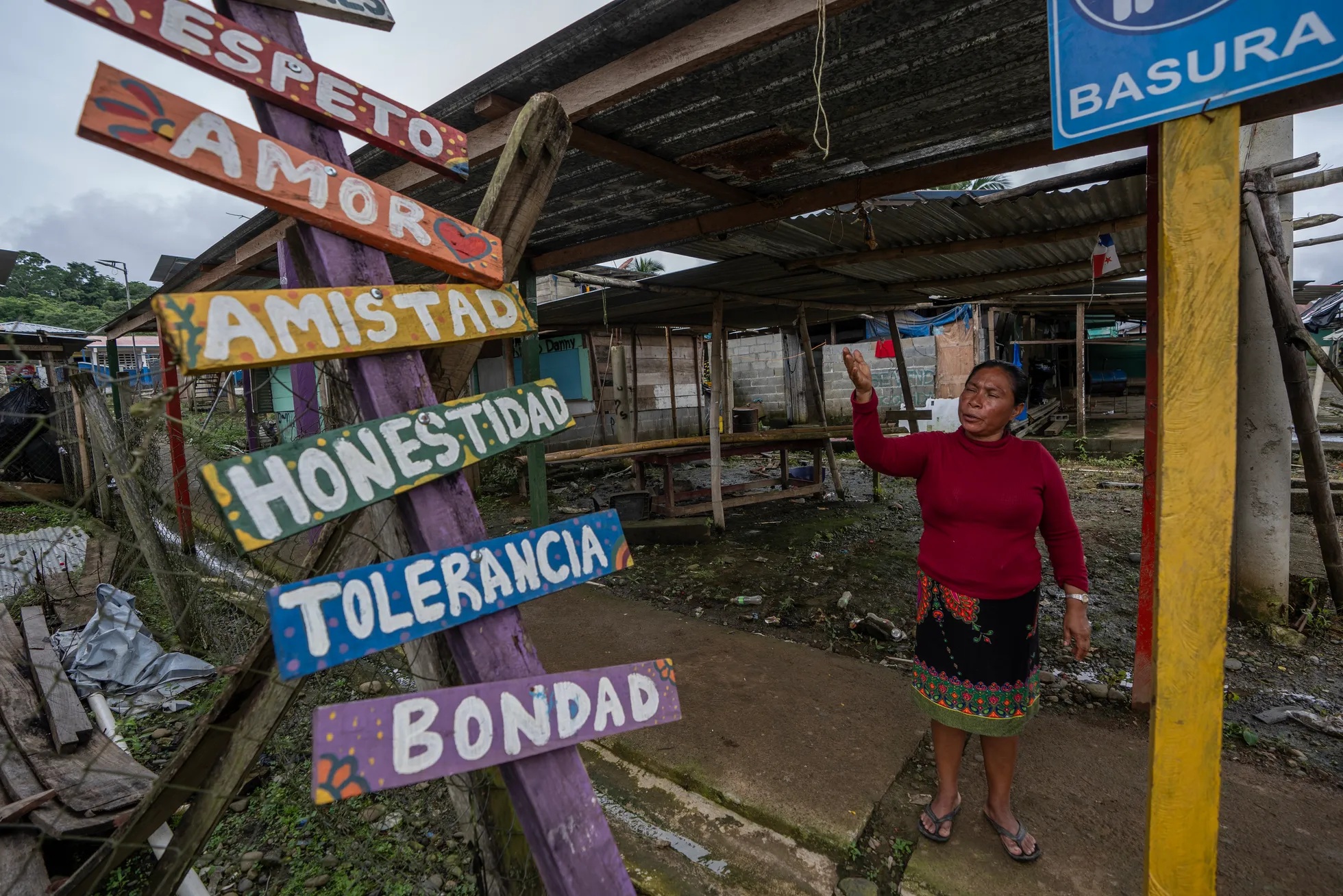The Panama Canal Pushes Ahead With an $8.5 Billion Dollar Modernization

The Panama Canal is fully committing to its $8.5 billion 10-year modernization plan, with its administrator making it known that the waterway’s authority is moving at a frenetic pace to advance multiple projects including two new nearby port terminals and a gas pipeline connecting both oceans. “We are moving fast,” Panama Canal administrator Ricaurte Vásquez Morales said during a fireside chat at the Houston International Maritime Conference (HIMC) on Monday. In late October, the Panama Canal Authority (ACP) said it had launched a consultation process to identify potential partners who would control the gateways, which would be located on opposite sides of the canal.
The two planned transshipment terminals, Corozal on the Pacific side and Telfers on the Atlantic side of the canal, are expected to provide Panama’s shores an extra 5.5 million 20-foot equivalent units (TEUs) of container-handling capacity. “We are having one-on one meetings with terminal operators and shipping clients probably the first week of December,” said Vásquez at the event. “We are trying to get in the terms of reference in order to do pre-qualification.” The pre-qualification round would take place in 2026, while the final concession would be awarded in 2027.
That project, which is expected to cost $2.6 billion through a projected completion date of 2029, has generated plenty of attention from suitors across ocean carriers and terminal operators. Virtually every major ocean carrier attended an ACP-hosted meeting detailing the port terminal development project in late October. The biggest terminal operators including the UAE’s DP World and Singapore’s PSA International were among a who’s who of interested parties alongside the terminal wings of Mediterranean Shipping Company (MSC), Maersk and Cosco. Back in August, the ACP first indicated it planned to sell rights to two plots of land to build out two new ports.
The move followed months-long drama surrounding the ownership status of the Balboa and Cristóbal ports adjacent to the canal. These two port complexes were acquired in a $23 billion deal by a consortium including MSC’s Terminal Investments Limited, which also saw 41 other ports set to change hands. That transaction has been in limbo largely because of its wider geopolitical complications amid a trade war between the U.S. and China. The ports’ current operator and prospective seller, CK Hutchison Holdings, is based out of Hong Kong.
Pressure on Panama has come from both the U.S. (President Donald Trump has been keen on ridding the canal of potential Chinese influence) and China, which had put the deal under antitrust investigation and reportedly suggested a party like Cosco be included. Making matters murkier, Panama’s own government officials filed a lawsuit challenging Hutchison’s recent contract extension to operate the ports. With the ACP arguing that the tug of war ultimately could compromise the canal’s neutrality, the Corozal and Telfers terminal projects opens up more room for competition and possible suitors beyond its existing ports.
“Decisions are made by the Canal and the board,” Vásquez said of the new terminals. “That distinction is important because it eliminates the possibility of political influences.” The terminal projects are flanked by the gas pipeline plans and the $1.6 billion construction of the Indio Rio reservoir, which is designed to help guarantee more freshwater supply for 50 percent of Panama’s population. That project is expected to be completed by 2031. Plans for that reservoir came out of the country’s need to better facilitate daily transits throughout drought periods, like the one in 2023 that made the canal enforce new restrictions that limited vessel flow and created backlogs entering the waterway for months on end.
“We are working hard to ensure that environmental and climate conditions do not disrupt operations,” Vásquez said. “But, through these projects, we are also guaranteeing that the Panama Canal remains committed to diversification with investments that provide operational assurance for the industry.” And as for the $4 billion, 47-mile gas pipeline, Vásquez and the canal’s brass are aiming to free up the waterway’s slots for other vessels, while giving Panama more opportunities to expand into new markets. “Almost everything that comes from the U.S. going to Asia goes through the Panama Canal,” said Vásquez. “If we do nothing, we’re going to lose that part of the market share.
Our long-term vision for the canal includes capturing that growing volume.” This comes as the ACP expects the canal’s overall tonnage to dip by roughly 40 million metric tons in the 2026 fiscal year on an expected reduction in global trade. But the canal expects an increase in transits of liquefied petroleum gas (LPG) vessels, Vásquez told Reuters. The canal’s share of U.S. LPG exports to Asia has recovered to more than 95 percent, from 80 percent in the 2023-2024 drought period.




